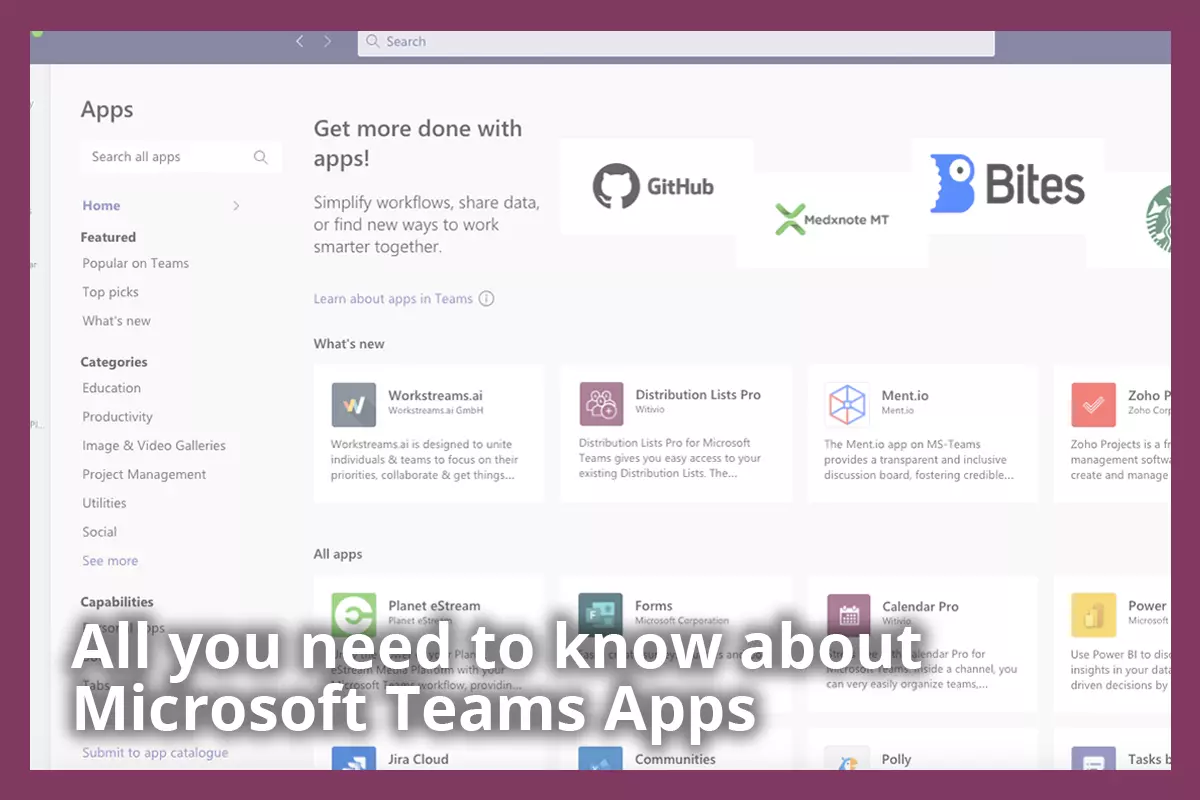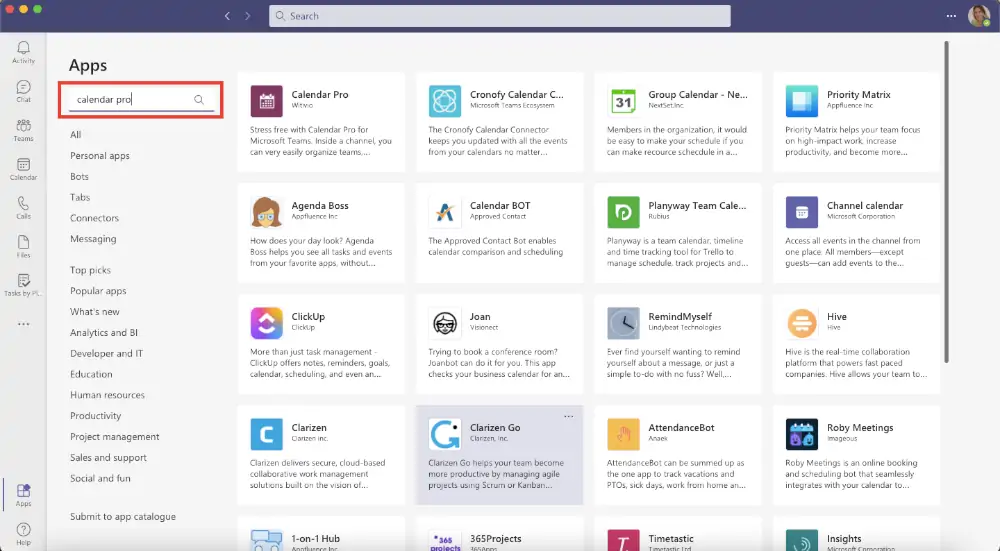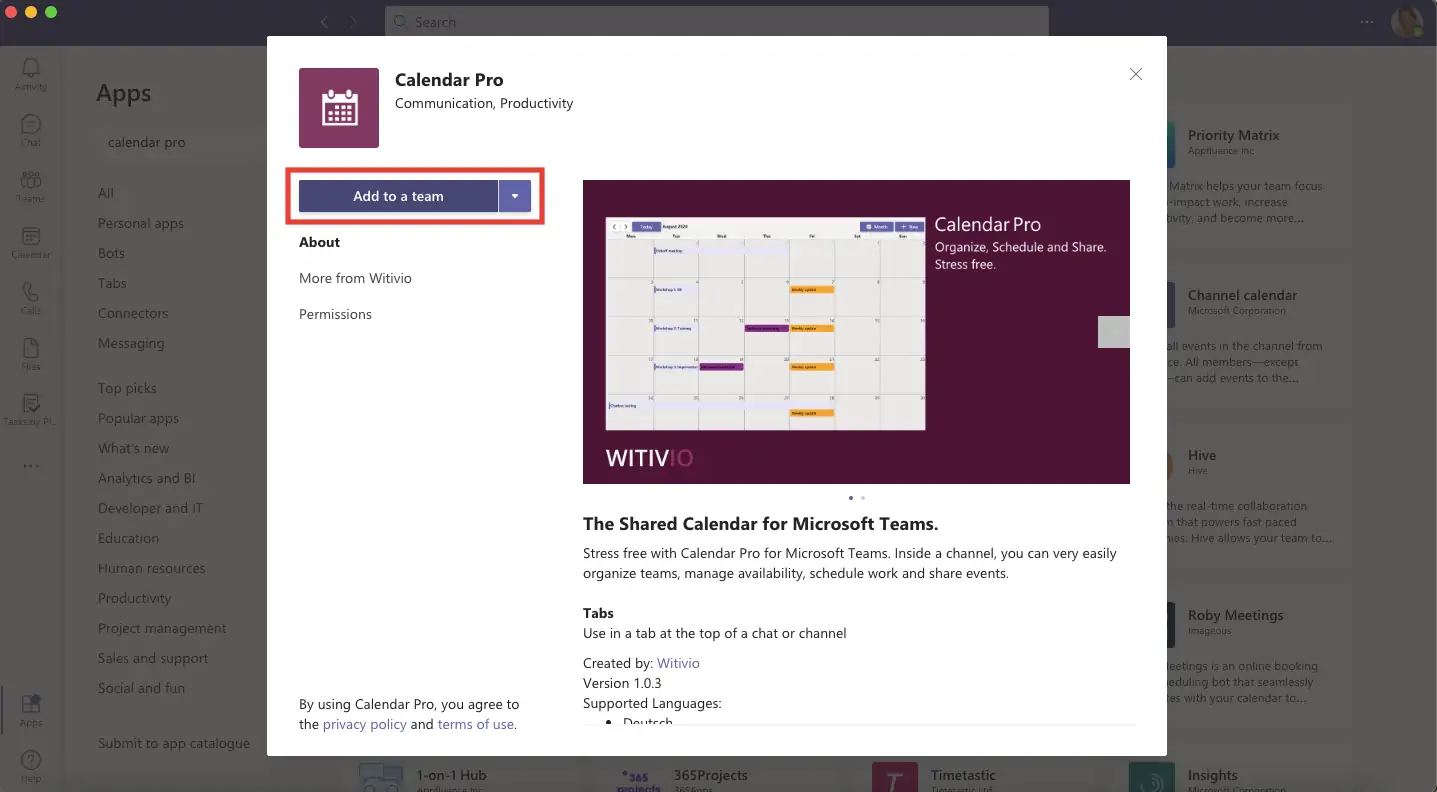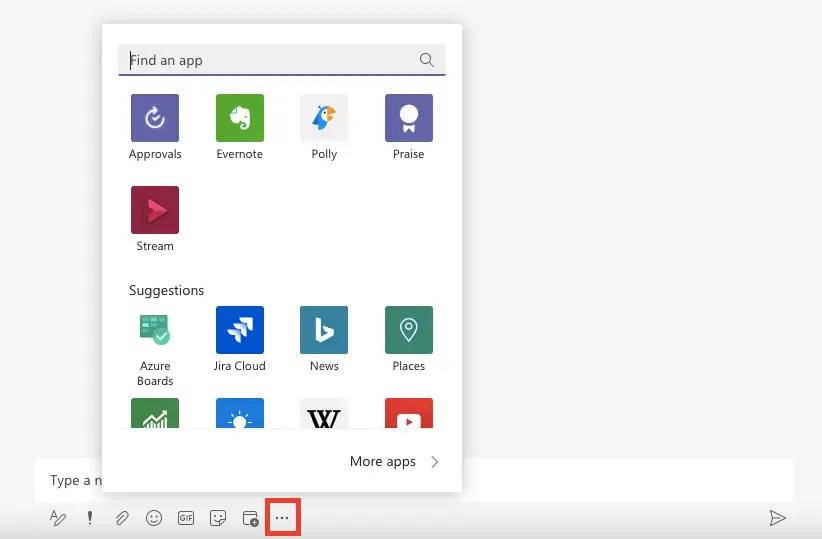
Microsoft Teams is a single hub for virtual collaboration with an ability to customize and extend your workspace with third-party apps, processes, and devices. While each workgroup is unique, the only thing they have in common is the need for different applications and tools to get their jobs done.
What is a Microsoft Teams App?
Microsoft Teams Apps are tools that you can download or create yourself to extend the Microsoft Teams platform and personalize experiences to work better, more efficiently, and more transparently.
Extending Teams with commonly used apps allows you to better use the tools by giving you access to the information you need right in Teams. By connecting workplace tools to a single space, users can streamline processes and accelerate decision making.
Microsoft Teams has more than 250 applications that can simplify your tasks and employee management.
Why use Microsoft Teams integrations?
As employees spend an ever-increasing percentage of their time interfacing through collaboration in Microsoft Teams, it is critical that organizations adapt technologies to keep employees productive and engaged while avoiding so called ‘app fatigue’ and information overload.
One-size-fits-all solutions, such as Microsoft Teams, are a good starting point for many businesses. The platform itself can not only replace Zoom, Google Docs, Slack, Trello and other tools, it can also be fitted exactly to your needs and the needs of your organization through installing different apps.
What’s even better, you can integrate most of the applications you already use in your work into Microsoft Teams. Once added to the platform, applications can be added as a separate tab on the Teams page. The applications will look familiar and can be used directly in Microsoft Teams without opening separate windows.
What are the different types of Apps?
To facilitate the evolution of your digital workplace, Microsoft Teams offers the possibility to personalize and extend its functionalities thanks to external apps, automation, process flows, and custom apps:
-
External Apps: are the easy solution, and a great way to compromise the security of your company’s data and image. Every time an employee uses 3rd party apps on Teams, the security of your data is compromised. What happens to the documents your employees convert to pdf/word using a 3rd party website? Or with the results of the polls, you launch on Teams?
To bypass this risk, many companies unable the access to 3rd party Teams Apps, which is an excellent solution to prevent data flaws and having control over your company’s data. Although, it also cuts employees out from the possibility of personalizing the workplace to their role and thus stopping your workplace to evolve.
-
Custom Apps: developing customized apps for your employees is the ideal solution. However, developing tailored-made apps to customize your workplace is costly and requires dedicated personnel.
For example, to produce one Microsoft Teams application, i.e., Calendar Pro, a company would need two computer engineers (senior and junior) working full-time on this app for 2 to 4 weeks. These engineers, would need experience on Teams, React and API to accomplish the task on-time. Furthermore, the company would have to pay for the service provider fees who is hosting the applications, for example, Azure or Amazon.
It would need to have someone available for support and maintenance tasks. For a sole application, the costs can add up to €100,000 per year.
-
Automation and process workflow: Employees can create simple automation and workflow thanks to Power Automate and Power Apps. For complex applications, some programming skills are needed.
How to install Apps in Microsoft Teams?
You can add apps to Teams by using the apps provided with Microsoft Teams, by using certified third-party apps and templates, and by creating your own custom apps. You can install apps directly from the Teams Store or from AppSource.
In the Teams Store, you can browse the available apps and search for them by topic or name. All available applications are classified by functionality and categorized according to their business purpose.
To browse apps, click on the Apps button in the lower left corner.

You can search for apps in categories or in the search bar in the upper left corner of the screen.

To install the application, just click on it and then follow the instructions. You can add apps to your team’s tab:

Or in the chat:

How can I create my own Microsoft Teams App?
Microsoft Teams is an extensible, feature-rich platform that lets you build your own apps to meet the needs of your organization. To do this, partners and developers can use tools such as the Microsoft Teams Toolkit for Visual Studio and Visual Studio Code, which provide IT professionals with everything they need to develop Teams apps. In addition, the platform has added the ability to build applications using the SharePoint Framework (SPFx), so IT professionals can save on infrastructure deployment and simplify deployment and operations. Microsoft Teams also offers new tools for developing low-code apps, streamlining workflows, and building chatbots:

-
Power Apps for Teams allows users to create and manage low-code apps right in Teams. With an accessible user interface, anyone can now create apps that make their work easier.
-
Microsoft Dataverse for Teams is a low-code data platform that also lets you build and deploy apps and chatbots in Teams. Dataverse helps improve app lifecycle management and allows better control over the data used to build apps and bots in Teams.
-
The Power Virtual Agents app for Teams makes it easy to build and deploy chatbots for a range of scenarios such as IT support, FAQs, and HR assistance.
-
The Power Automate app for Teams provides a simplified designer view and a set of templates to help you automate routine tasks.
Growth of Microsoft Teams users is accelerating as more and more companies are adopting new ways of working together to boost their work communications and increase productivity in both physical and virtual workspaces. Microsoft Teams integrations are great tools to simplify workflows, manage projects, and organize assignments, so teams can work smarter, not harder, and focus on getting high quality work done.